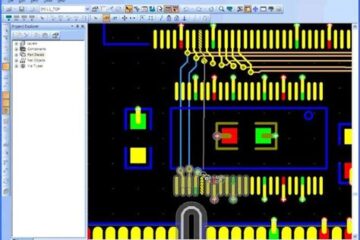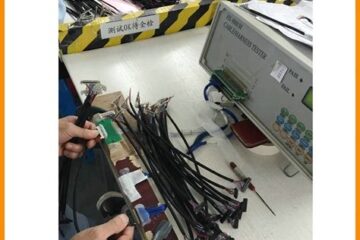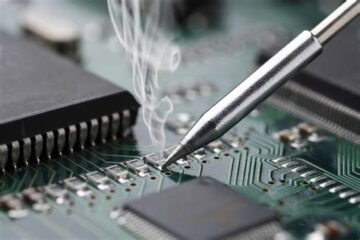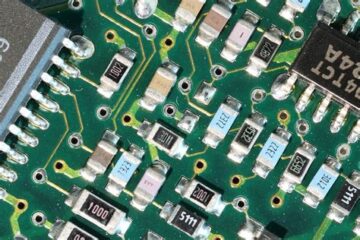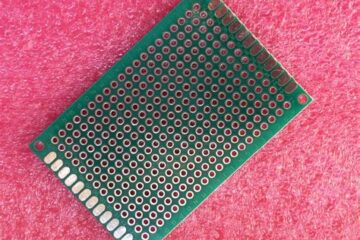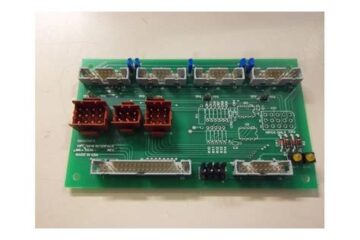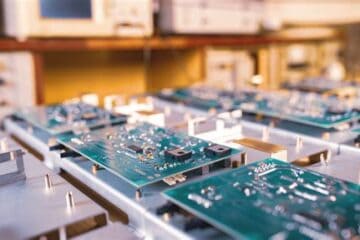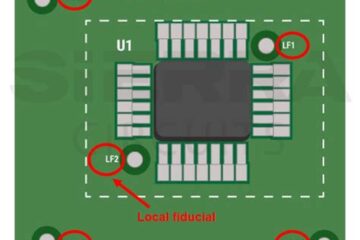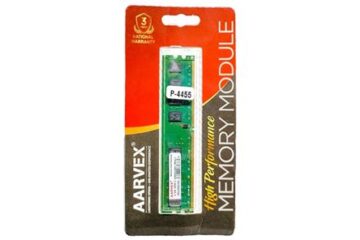PCBA
Top 10 Best PCB routing practices!
Introduction to PCB Routing Printed Circuit Board (PCB) routing is a crucial step in the design and manufacturing of electronic devices. It involves the placement and connection of electronic components on a PCB to ensure proper functionality, reliability, and performance. Effective PCB routing practices can help minimize signal integrity issues, reduce electromagnetic interference (EMI), and improve the overall quality of the final product. In this article, we will discuss the top 10 best PCB routing Read more…
